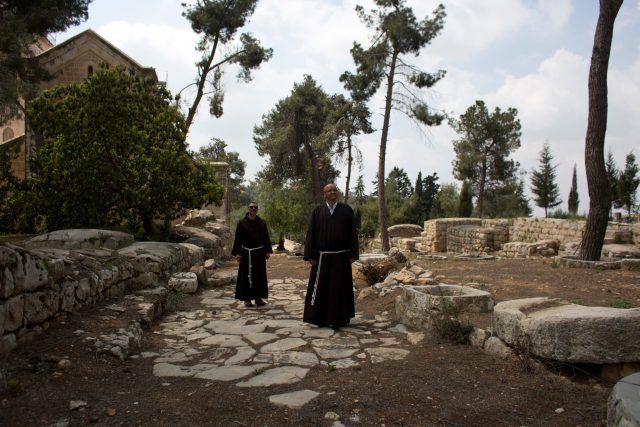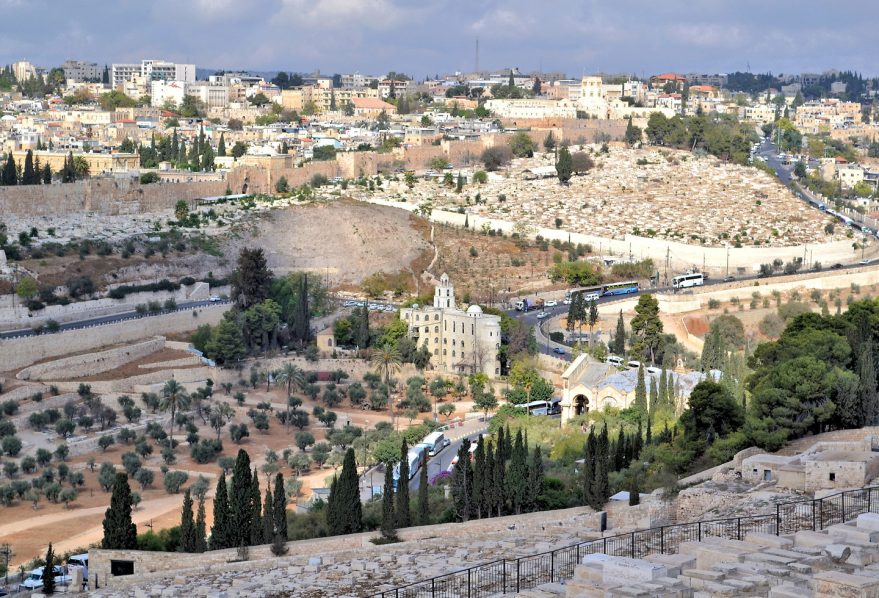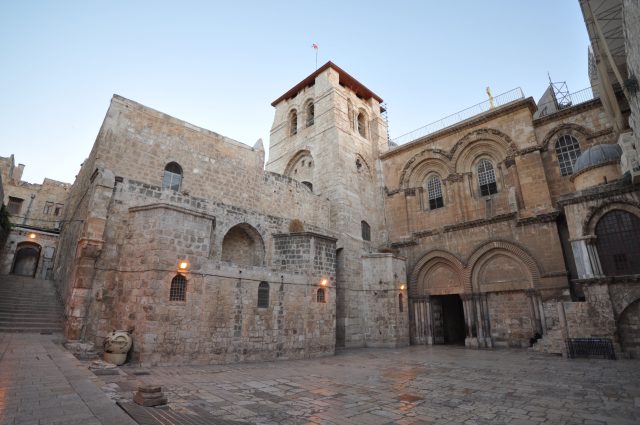The resurrection of Jesus Christ is a matter of faith and belief, and historical evidence for it may not be available or may be subject to different interpretations.
However, several places are associated with the events of Jesus’ death, burial, and resurrection, which are considered significant by many Christians. Here are five examples:
The Church of the Holy Sepulchre: This is a church in the Old City of Jerusalem that is believed to contain the sites of Jesus’ crucifixion, burial and resurrection. The church has been a major pilgrimage destination for Christians since the 4th century Anno Domini (AD).
The Garden Tomb: This is an alternative site in Jerusalem that some Christians believe to be the actual location of Jesus’ tomb. The tomb is located in a garden outside the walls of the Old City and is maintained as a place of worship and reflection.

Emmaus: This is a town mentioned in the Gospel of Luke as the location where two of Jesus’ disciples encountered him after his resurrection. The exact location of Emmaus is not certain, but it is believed to have been somewhere near Jerusalem.

Mount of Olives: This is a hill outside the walls of Jerusalem where Jesus is said to have prayed before his arrest and where he ascended into heaven after his resurrection. The site is considered holy by Jews, Christians and Muslims.

Galilee: This is a region in northern Israel, where Jesus is said to have appeared to his disciples after his resurrection. The Sea of Galilee is where Jesus is said to have performed many of his miracles, and the region is considered to be the birthplace of Christianity.




